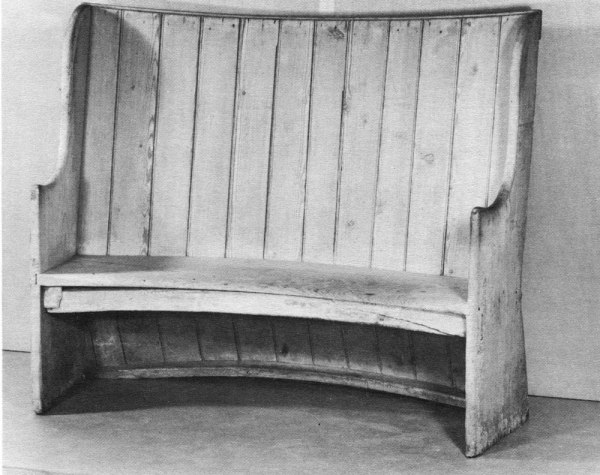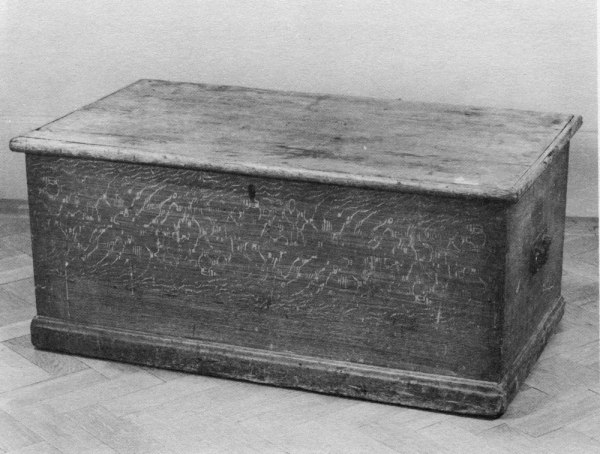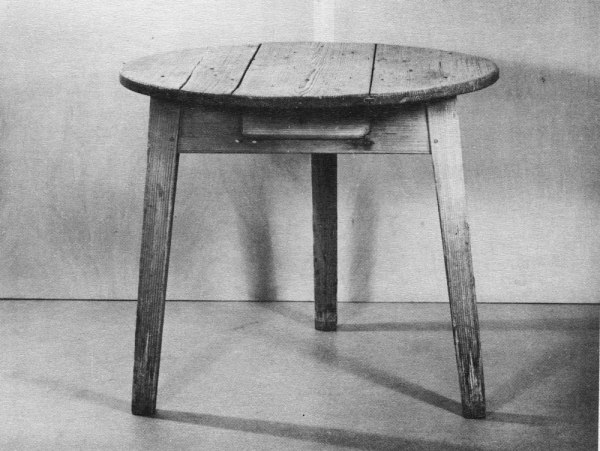Upcoming Projects from ‘The Furniture of Necessity’ –

Though I haven’t been writing much about it, work has continued on my next book, “The Furniture of Necessity.” It’s still too far away to predict its publication date, but things are falling into place to make a type of book that hasn’t been seen in a long time.
Here are some recent waypoints.
1. An Engraver. I have found a copperplate engraver who will make the plates for “The Furniture of Necessity.” She works in a very traditional manner. This book will be a partnership between her and me, so expect some eye-opening illustrations.
2. Thanks to Suzanne “Saucy Indexer” Ellison, the research for the book has been forging ahead. She has been collecting the limited literature on these forms, which I have been reading for many months now on long flights and in hotel rooms. Without Suzanne’s help, I’d be a year behind on this book.
3. Projects. I’ve been sorting through some of the projects I want to discuss and build for “The Furniture of Necessity.” Today I was looking at some of the English pieces I selected from a 1982 exhibit at the Stable Court Galleries at Temple Newsam. Suzanne dug up the hard-to-find exhibit catalog for me.
Here are a few of the forms that are finalists for the book.
Welsh Stick-back Chair (shown above)
I call this chair the “Cwm Tudu” chair because that was the area where the chair was found in Cardiganshire. (And because I have no idea if I’m pronouncing “Cwm Tudu” correctly, it’s fun to botch.) This chair has an elm seat. The arm bow is a naturally curved branch. And guests won’t be able to tip backward in it.

Countrey Stoole
Illustrated in Randle Holme’s “Academy of Armory,” this particular example was allegedly owned by Anne Cotton, the West Auckland murderess. These stools were used for everything from milking a cow to resting your feet.

Farmhouse Settle
The high-backed settles of England are one of my favorite forms. I particularly like the ones with a curved seat and back, such as this early 19th-century example. Ealier examples tended to have backboards of random widths.

Lodging Box
These very common boxes were used by every youth leaving home to go into domestic service. Most had a till for storing small objects. The boxes were commonly dovetailed and used for a variety of purposes in a household.

Drinking Table
A common three-legged table, usually painted white or left in the white. The three legs made it stable on uneven floors. This example is dated 1821, though this form is quite older.
— Christopher Schwarz




